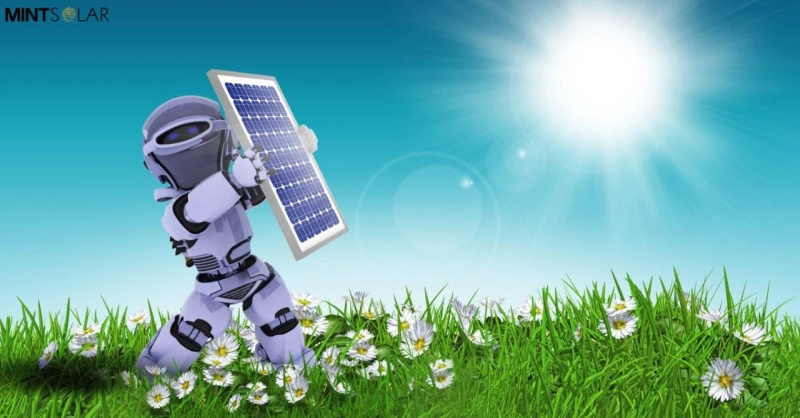Energy is the most integral part of our life, and it is difficult to live a day without energy. Forms of energy include chemical energy, nuclear energy, solar energy, kinetic energy, potential energy, etc. Basically, as we know, we use energy to complete our work. Thus, energy is converted from one form to another and in this process of energy conversion, we get work.
Solar energy is also energy obtained from the sun. The sun radiates energy equally in all directions in the form of electromagnetic waves. This energy is a pure, inexhaustible, abundant, and universally available source of energy. Solar on grid system energy received in the form of radiation can be converted directly or indirectly into other forms of energy, such as heat and electricity.
Types of solar energy
Sun is the main source of energy. When the sun's rays fall on the earth's surface, it has two components: heat and light. We use both heat and light.
So, there are two types of solar energy,
Solar thermal
Since thermal means heat, here it absorbs the sun's rays and converts them into thermal energy. This technology can also be used to heat water, cook food and generate electricity. Generally, we use it for heating and cooking. Since it generates heat, if we go to generate electricity from it, there will be more loss so people don't use it to generate electricity.
Solar Photovoltaic
Since photo means light, here it absorbs solar rays and converts them into direct current electricity through the photovoltaic effect.
Use of solar energy
Power generation
This is one of the applications that are widely used. The first large (1MW) plant was installed in California. A large number of rooftop systems have also been successfully operated in different parts of the world.
Water pumping
Water Pumping Solar PV has an application that is used without storage for irrigation or drinking water during sunny periods. Relatively low-power irrigation pumps can be directly driven by steam turbines using solar energy. It is more efficient to use as it requires less installation cost and less maintenance.
Battery charging with solar
Devices that operate using batteries can be charged with solar energy. Because solar cells generate the direct electric current needed to charge the battery. The stored energy can be released as electricity when it is discharged.
Solar water heating
An inclined flat-plate solar collector is used with water as the heat transfer fluid. A thermally insulated hot-water storage tank is installed above the collector. Hot water from the collector rises to the hot water tank and replaces the same amount of cold water that enters the collector. The cycle repeats, resulting in all the water in the hot water tank being heated.
Solar cooking
This cooker is simple to build and operate. An insulated box of black aluminum contains the vessels. The box receives direct radiation and also reflected radiation from a reflective mirror mounted on the inside. The temperature achieved inside the container is high enough to cook in about 2-3 hours. It is capable of cooking 2 kg.
Why solar energy?
As we know, we get solar energy from the sun. It's clean and unconventional. We can use this energy repeatedly without harming our environment. Did you know, we can meet our electricity requirement for a year by using one hour of solar energy, unfortunately, we are using only 0.001% of this energy. Solar energy is easy to convert into other forms of energy. By using solar PV, we can easily convert solar energy into electrical energy and this electrical energy can be easily converted into heat energy like water heating and light energy like light bulbs. Nowadays solar energy is used to power cars to reduce dependence on oil and fossil fuels. Another thing is that once you install a solar farm it will pay you back the cost without any loss. You will not have to pay utility bills again and again. The most important thing is that this energy is never going to run out because it is always available in every corner of the world.
The future of solar energy
As we know India has always faced energy shortages even though the country is the largest electricity producer in the world. In the future, increased solar power generation and equipment manufacturing could make India's economy more sustainable and self-sufficient. The new plan of the economic development model is renewable energy. This is a milestone in India's journey to generate 500GW from renewable energy by 2030, of which 300GW is expected to come from solar power.
Benefits of solar energy
Renewable and non-conventional sources of energy: - Like solar energy from the sun, this energy has been present in the earth for as long as the sun has existed. We can use this energy repeatedly without causing any harm to our surroundings.Eco-friendly, and reliable - Solar energy does not pollute our environment after installation. It does not produce greenhouse gases like carbon dioxide, methane, etc.Low maintenance - Once solar panels are installed, they can last up to 25 years.Install anywhere - Solar panels can be installed anywhere from open fields to buildings.Green job offers - The solar sector generates employment by employing solar manufacturing solar installers which in turn helps the economy.

